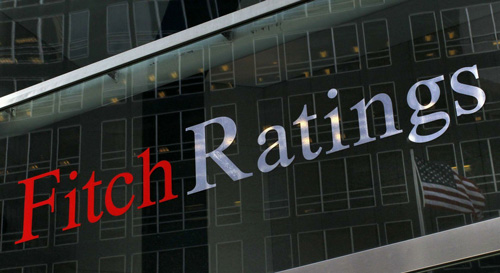Dubai
Saudi Islamic banks’ financial metrics deteriorated mildly in 2019 but remained sound, according to Fitch Ratings.
“Saudi Islamic banks remain well placed in the banking sector with larger retail franchises supporting a lower cost of funding and better asset quality. Saudi Arabia has the largest proportion of Islamic bank financing (79 per cent) of any country that allows conventional banks to operate alongside Islamic banks, Redmond Ramsdale, Head of Middle East Bank Ratings said in a note:
As for conventional banks, the rating agency noted that the impaired financing ratios continued to increase in 2019, due particularly to pressure in the contracting, auto, retail and retail/wholesale trade sectors. Islamic banks have lower impaired financing ratios and financing impairment charges (FICs) than conventional banks due to their lower proportion of corporate banking.
Islamic banks’ profitability remained above conventional banks’ in 2019. This was owing to higher margins on the back of a higher proportion of retail financing and lower cost of funding (due to stronger retail franchises and a higher proportion of non-profit-bearing deposits).
Strong deposit growth at Islamic banks in 2019 allowed their financing/deposits ratio to drop below their conventional peers’. Deposit concentration is high, except at Al Rajhi, which benefits from a granular retail deposit base. Islamic banks benefit from the Ministry of Finance’s Saudi riyal-denominated sukuk programme to manage their liquidity. Saudi Islamic banks remain well capitalised, with an average Common Equity Tier 1 ratio of 17.8 per cent at end-2019 (in line with their conventional peers’).
“Islamic banks have higher proportions of retail banking assets and lower off-balance-sheet activities, which result in lower risk weightings. This explains why they operate with lower equity/assets ratios,” said Bashar Al Natoor Global Head of Islamic Finance at Fitch
Saudi Islamic banks are expected to be impacted by the coronavirus and lower oil prices despite the timely support measures introduced by SAMA. Profitability will be pressured by lower official profit rates. Asset quality will also weaken, although possibly less than at conventional banks owing to the high proportion of lower-risk retail financing.—Agencies










